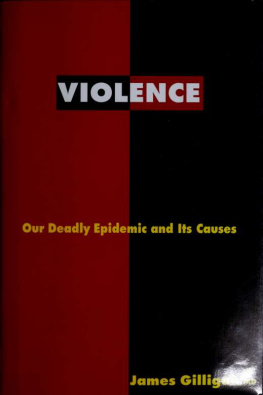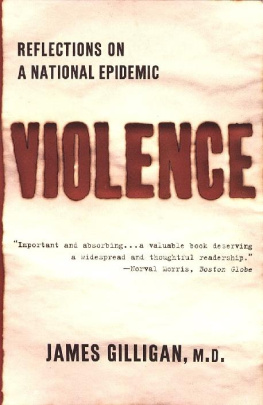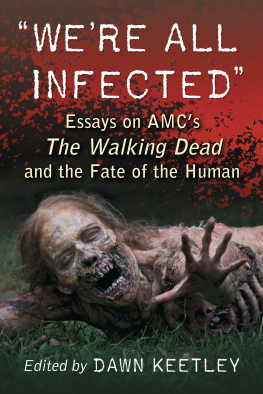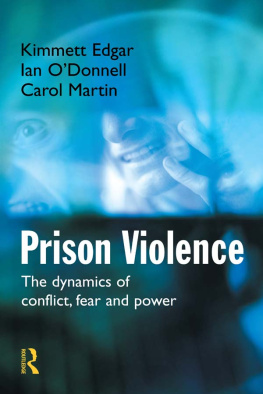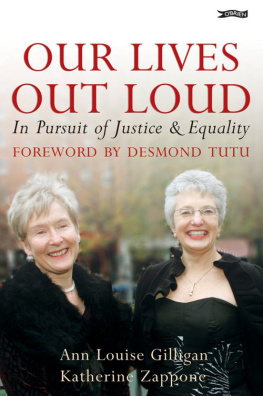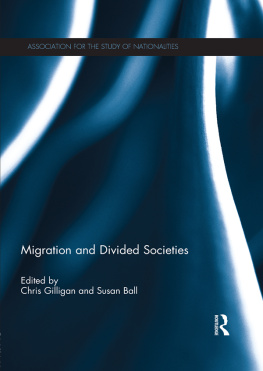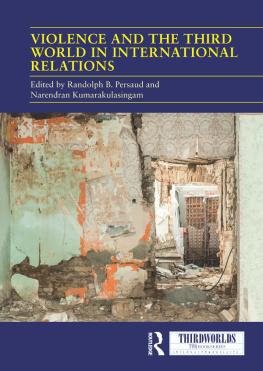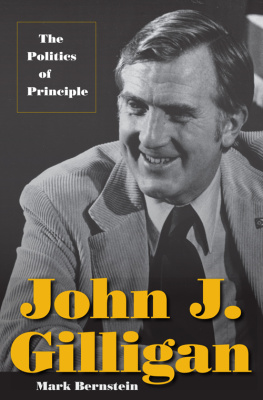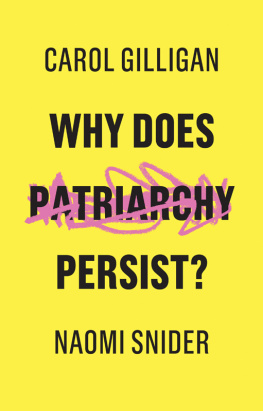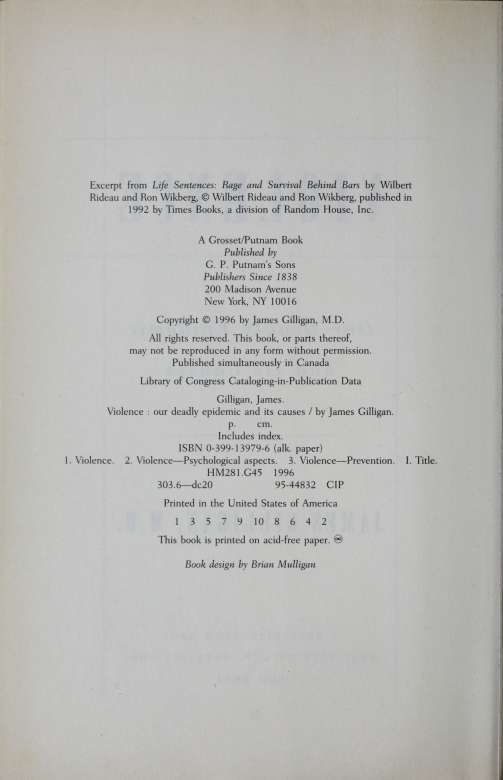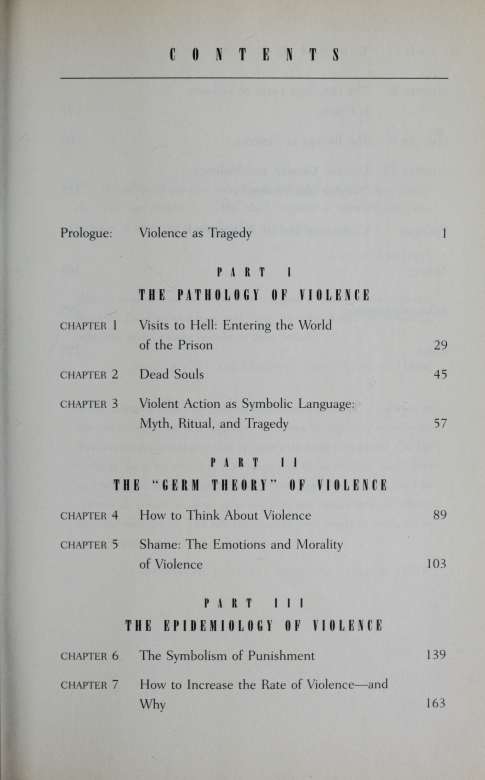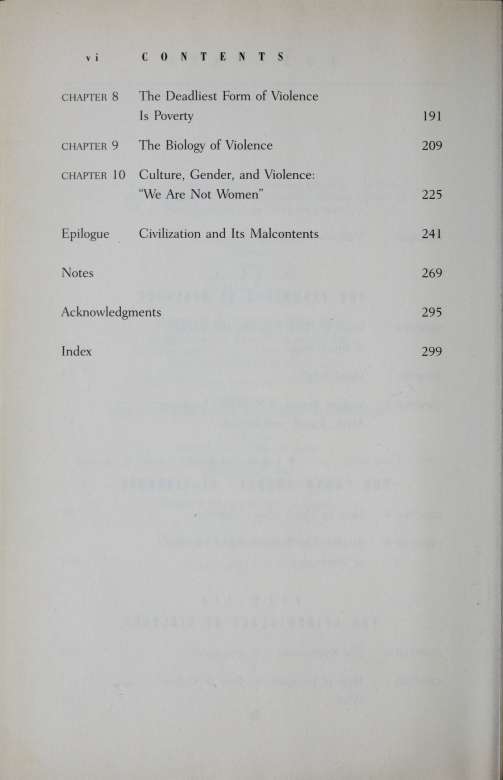This book made available by the Internet Archive.
The invention of nuclear weapons has changed everything except the way we think.... We shall require a substantially new manner of thinking if mankind is to survive.
ALBERT EINSTEIN
War, to sane men at the present day, begins to look like an epidemic insanity, breaking out here and there like the cholera or influenza, infecting men's brains instead of their bowels.
RALPH WALDO EMERSON, MISCELLANIES (1884)
When a man is suffering from an infectious disease, he is a danger to the community, and it is necessary to restrict his liberty of movement. But no one associates any idea of guilt with such a situation. On the contrary, he is an object of commiseration to his friends. Such steps as science recommends are taken to cure him of his disease, and he submits as a rule without reluctance to the curtailment of liberty involved meanwhile. The same method in spirit ought to be shown in the treatment of what is called "crime."
BERTRAND RUSSELL, ROADS TO FREEDOM (1918)
Violence is every bit as much a public health issue for me and my successors in this century as smallpox, tuberculosis, and syphilis were for my predecessors in the last two centuries.
C. EVERETT KOOP, M.D., SURGEON GENERAL OF THE UNITED STATES (1984)
The deadliest form of violence is poverty.
GANDHI
Of human beings: "None are good but all are sacred."
GLENN TINDER, THE POL I TIC A L ME A NING O F CHRISTIANITY: AN INTERPRETATION (1989)
I have set before you life and death, blessing and curse; therefore choose life.
To all the victims of violence past, present, and future
marooned, shipwrecked sailors had tossed a message in a bottle into the ocean without really expecting anyone to find it and then discover to their astonishment and chagrin that the only people who found it were just as lost and shipwrecked as they: a bearded French-Canadian fur trapper, his squaw from one of the tribes he had traded with, and their fourteen-year-old daughter who was forever after known not by her name but simply as the halfbreed. When they got there, they were fed and offered a bed for the night, as all travelers have been since the time of Odysseus, by the rancher. He was an immigrant who had not fled Ireland, that mockery of Eden, simply to starve in another famine. So his life was consumed by the battle of turning a continent of unwilling, unwelcoming sandy soil into a working ranch, figuring that if that sparse grass could support the tidal wave of buffalo who still flowed across the open prairie when he first arrivedcovering it as the Milky Way blankets the night skythen it could now feed as many beef cattle as he could breed in a lifetime of struggle, not so much with the cattle themselves as with the ragtag band of hired hands who only worked because he dominated them with his fistsa war against man and God so all-absorbing that it had simply not occurred to him yet to take a wife and start a family. But when the halfbreed arrived, he remembered what he had forgotten, and whenever he did make up his mind to do something he was too impatient to wait any longer than it took to get the thing done. So the next morning the furtrapper and his squaw went on their way over the opposite horizon leaving their daughter behind to be the Irish rancher's wife and bear his childrenno family, no friends, no tribeand over the years they had a child every year. But onea five-year-old sonwas her favorite, the child she cherished over everyone else on that unfriendly godforsaken earth.
"Perhaps love (is anything more dangerous?) is the mother of tragedy/' the boy thought when he heard this story two generations later, "love in an unloving world of pain, loneliness and confusion."
VIOLENCE
For the rancher only knew how to talk with his fists, even with his children. And the halfbreed did not know how to protect her favorite child except with threats, warning the rancher that if he hit him again he would regret it to the end of his life. But he hit him again, anyway, and then the son disappeared and so did the sun as far as the mother was concerned. But the Irishman who never stopped fighting was frantic with grief, so he organized his band of wildmen into search parties, even sending one of them to fetch his only relative, a doctor who lived in the nearest town three counties away. When the son was found, he was at the bottom of a well, so they thought at first he had fallen in and drowned. But the ranchers relative the doctor saw at once that the youngster had been dead before he arrived at the bottom of the well, there being no water in his lungs. A half-eaten pie in the kitchen was full of rat poison, as was the dead sons body when they thought to examine that, too. So had the halfbreed poisoned her own son? But before a sheriff could be summoned to question her, she too disappearedvanished as completely as her son had, as her own parents had when they left her alone on the ranch, and were never seen or heard from again. It is not known to this day what happened to her, whether she simply ran away or (as seems more likely given how mothers from time immemorial have behaved after sacrificing their children) had she followed one death with another, this time by walking into the nearby river from which her body might never surface. The third and equal possibility was that the rancher had killed her himself, so maybe no one will ever know what happened to her.
"Or is too much already known about what happened to her" the boy wondered, "more than anyone wants to know or think about, since even if they can see why she did what she did they still don't know what to do about it?"
James Gilligan
This is the story as the boy, the doctors grandson, saw it in his mind's eye, when as a child he overheard the adults talking after dinner in front of the fireplace, describing events to each other that they considered unsuitable to tell a child even half a century after the events had occurred (especially to one who was his own mothers favorite son). I know this story. I am the doctors grandson. This is a family story.
Listening to these endless tellings and retellings of family tragedies, one can hear the interminable reworking of disasters too painful to let go, yet too scandalous to acknowledge. So generation after generation tells the same story over and over again, in hushed tones, with this variation or that of one detail or another, but always with the same horrifying denouement. Why keep telling the story? In the effort to make sense of a "senseless" tragedy? To follow the old formula and see if there might finally be a catharsis of the pity and fear this story arouses? To reach the end of a collective mourning for a lost mother and child and the amputated family they left behind? In the hope that in the latest retelling the story will, by some magic, end differently, that the act of telling and retelling might undo the past and make it not have happened? Or in the hope that even if the story does remain the same, the process of telling it might change what happened from reality to fiction, to "nothing but" a story, a "myth"? But, of course, that never occurs, since nothing reflects reality more pitilessly and relentlessly than so-called myth and fiction. So our stories go on and on, as they have since we humans first began sitting around fires, in caves, acquiring the language with which to tell our stories. For it is in telling stories that we originally acquired our humanness; and we are not so much rational animals, as Aristotle said, or tool-making ones, as Benjamin Franklin 1 put it, but first and foremost story-telling ones.

